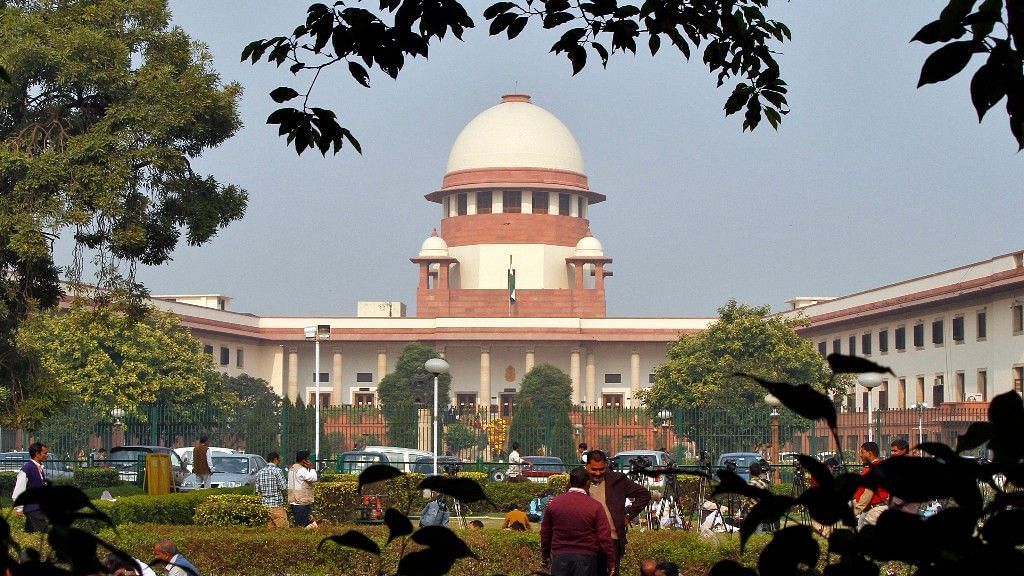- The current interest rate on PPF accounts for the quarter ending March 31 is 7.6 per cent. (Also Read: Post Office Saving Schemes: 5 Key Questions Answered Here)
- The maturity period of PPF accounts is 15 years but the same can be extended within one year of maturity for further 5 years and so on, according to the website of India Post, indiapost.gov.in. (Also Read: Post Office Saving Schemes - Public Provident Fund Vs National Savings Certificates)
- Premature closure is not allowed before 15 years. (Also Read: Latest Interest Rates On Post Office Saving Schemes: PPF Vs NSC Vs Recurring Deposit)
- However, investors can make partial withdrawals from PPF accounts after the expiry of five years from the initial date of deposit. The amount that can be withdrawn is limited to 50 per cent of last year’s balance. (Also Read: Want To Earn A Regular Monthly Income? 5 Investment Options For You | New To Investments? Five Things To Know To Avoid Taking A Wrong Call)
- Contributions in PPF up to Rs. 1.5 lakh in a financial year are eligible for tax deductions under Section 80C of the Income Tax Act. (Also Read: Post Office Savings Schemes That Offer Income Tax Benefits)
- Subscribers can also avail loans against PPF deposits. The loan must be repaid within 36 months and the rate of interest on the loan is 2 per cent higher than the prevailing PPF rate.
- If the PPF investor repays the first loan, another loan can be availed. This loan facility is available till the end of fifth financial year from the end of the financial year in which initial subscription was made.
- However, PPF subscribers can take loan only once within a year.
- PPF accounts require a minimum deposit of Rs 500 subject to a maximum of Rs 1,50,000 in a financial year.
- PPF laws allow premature closure of accounts only under specific conditions such as expenditure towards medical treatment. However, for premature closure, PPF accounts have to complete at least five financial years, as per current rules.
- The current interest rate on PPF accounts for the quarter ending March 31 is 7.6 per cent. (Also Read: Post Office Saving Schemes: 5 Key Questions Answered Here)
- The maturity period of PPF accounts is 15 years but the same can be extended within one year of maturity for further 5 years and so on, according to the website of India Post, indiapost.gov.in. (Also Read: Post Office Saving Schemes - Public Provident Fund Vs National Savings Certificates)
- Premature closure is not allowed before 15 years. (Also Read: Latest Interest Rates On Post Office Saving Schemes: PPF Vs NSC Vs Recurring Deposit)
- However, investors can make partial withdrawals from PPF accounts after the expiry of five years from the initial date of deposit. The amount that can be withdrawn is limited to 50 per cent of last year’s balance. (Also Read: Want To Earn A Regular Monthly Income? 5 Investment Options For You | New To Investments? Five Things To Know To Avoid Taking A Wrong Call)
- Contributions in PPF up to Rs. 1.5 lakh in a financial year are eligible for tax deductions under Section 80C of the Income Tax Act. (Also Read: Post Office Savings Schemes That Offer Income Tax Benefits)
- Subscribers can also avail loans against PPF deposits. The loan must be repaid within 36 months and the rate of interest on the loan is 2 per cent higher than the prevailing PPF rate.
- If the PPF investor repays the first loan, another loan can be availed. This loan facility is available till the end of fifth financial year from the end of the financial year in which initial subscription was made.
- However, PPF subscribers can take loan only once within a year.
- PPF accounts require a minimum deposit of Rs 500 subject to a maximum of Rs 1,50,000 in a financial year.
- PPF laws allow premature closure of accounts only under specific conditions such as expenditure towards medical treatment. However, for premature closure, PPF accounts have to complete at least five financial years, as per current rules.
Add us to your Preferences
Set as your preferred source on Google
ADVERTISEMENT

 Sign Up with Google
Sign Up with Google




 RECOMMENDED FOR YOU
RECOMMENDED FOR YOU




